On August 7, 2023, having just turned 74, Jean-Louis Cohen was enjoying lunch at his family’s vacation home in the Ardèche region of southern France when an angry wasp took his life. We suddenly lost the person who’s widely considered the most insightful, wide-ranging, lyrical, and prolific historian of modern architecture, a dazzling scholar and polymath, a man of immense joie de vivre, luminous and witty, boundless in his warmth and generosity, especially for students.
His parents had bought the bucolic property, with the ruins of an abandoned 17th-century silkworm factory, in the 1960s. This had always been his home, his haven. And, yet, allergic to wasps, he unknowingly swallowed one that had landed on his sandwich; its repeated stings quickly induced a fatal heart attack. News of Cohen’s tragic death immediately generated heartfelt responses from friends, colleagues, and students around the world. Strangers eulogized his symphonic descriptions of architecture as a sensual and emotional experience—a site for bliss and barbarity, power and resistance—vastly expanding our assumptions about how architecture happens and what it can do.
Cohen grew up in the crowded state-subsidized housing projects (HBM’s) of Paris’s 13th arrondissement, a lively working-class neighborhood. His family were scientists, secular Jews, and devout Communists committed to social justice. Thus he understood a multiplicity of cultures, aspirations, and experiences.
Trained as an architect at the École Spéciale d’Architecture and the more radical Unité Pédagogique No. 6, he received his DPLG, then a first professional degree to practice architecture in France, in 1973, while also attending seminars by Foucault, Lefebvre, and Lacan. The École des Hautes Études en Sciences Sociales awarded him a Ph.D. in art history in 1985. Professorships began in 1976 at the School of Architecture in Nantes, though he soon returned home to Paris-Villemin and the Institut Français d’Urbanisme. Then, in 1994, NYU appointed him the Sheldon H. Solow Professor in the History of Architecture at the Institute of Fine Arts.
Jean-Louis called himself a Parisien errant (a wandering Parisian), with allusions to pleasure, adventure, and straying from the proper course as well as his own peripatetic travels and research topics. Early terrains expanded from France to Germany, Italy, and the USSR. He finally came to the U.S. in the early 1980s. (His leftist politics had relegated his visa applications to a blacklist for a decade.) Enthralled by France’s former North African colonies, especially Morocco, he began to chronicle cities of the Global South, notably Buenos Aires, Johannesburg, and São Paulo.
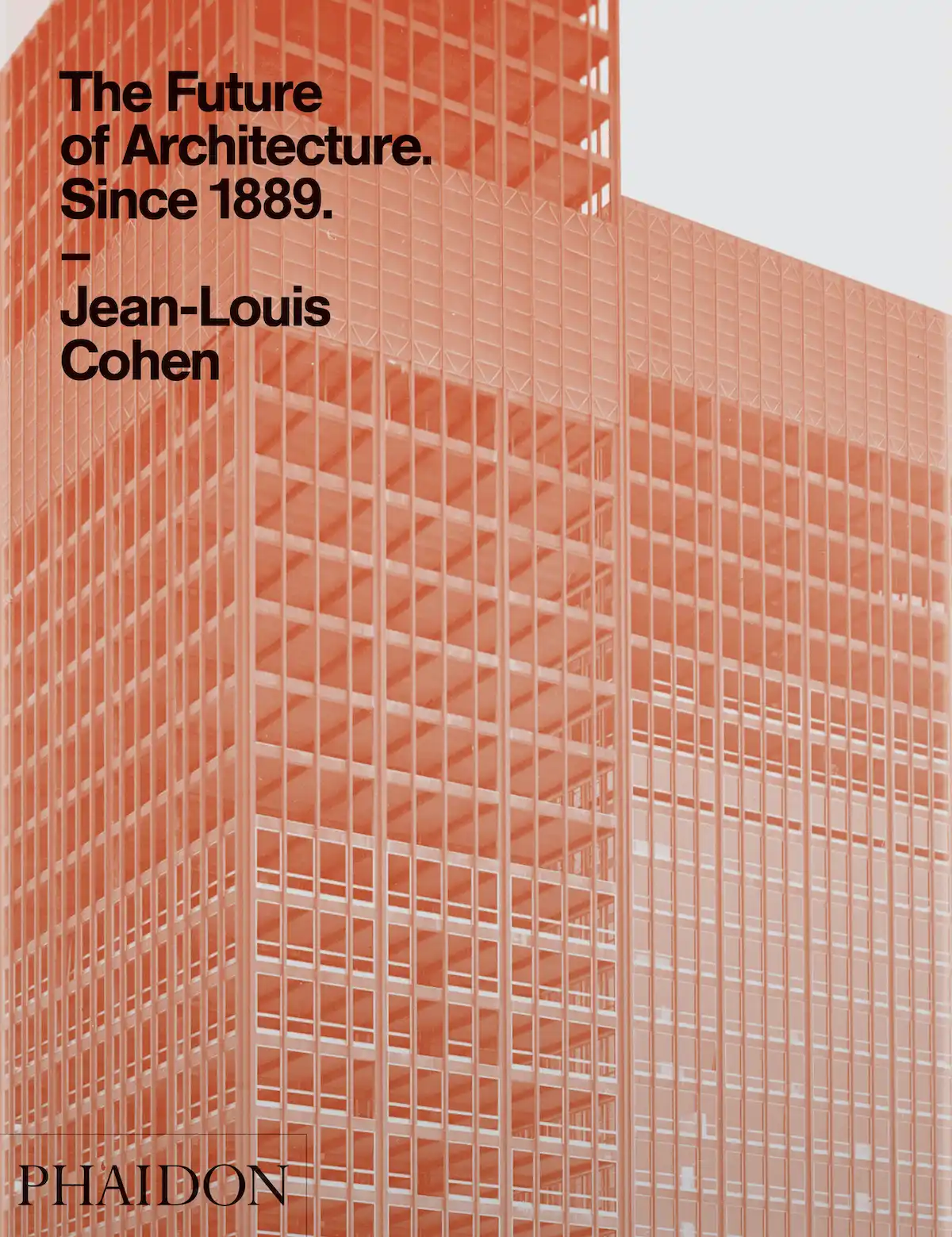
1
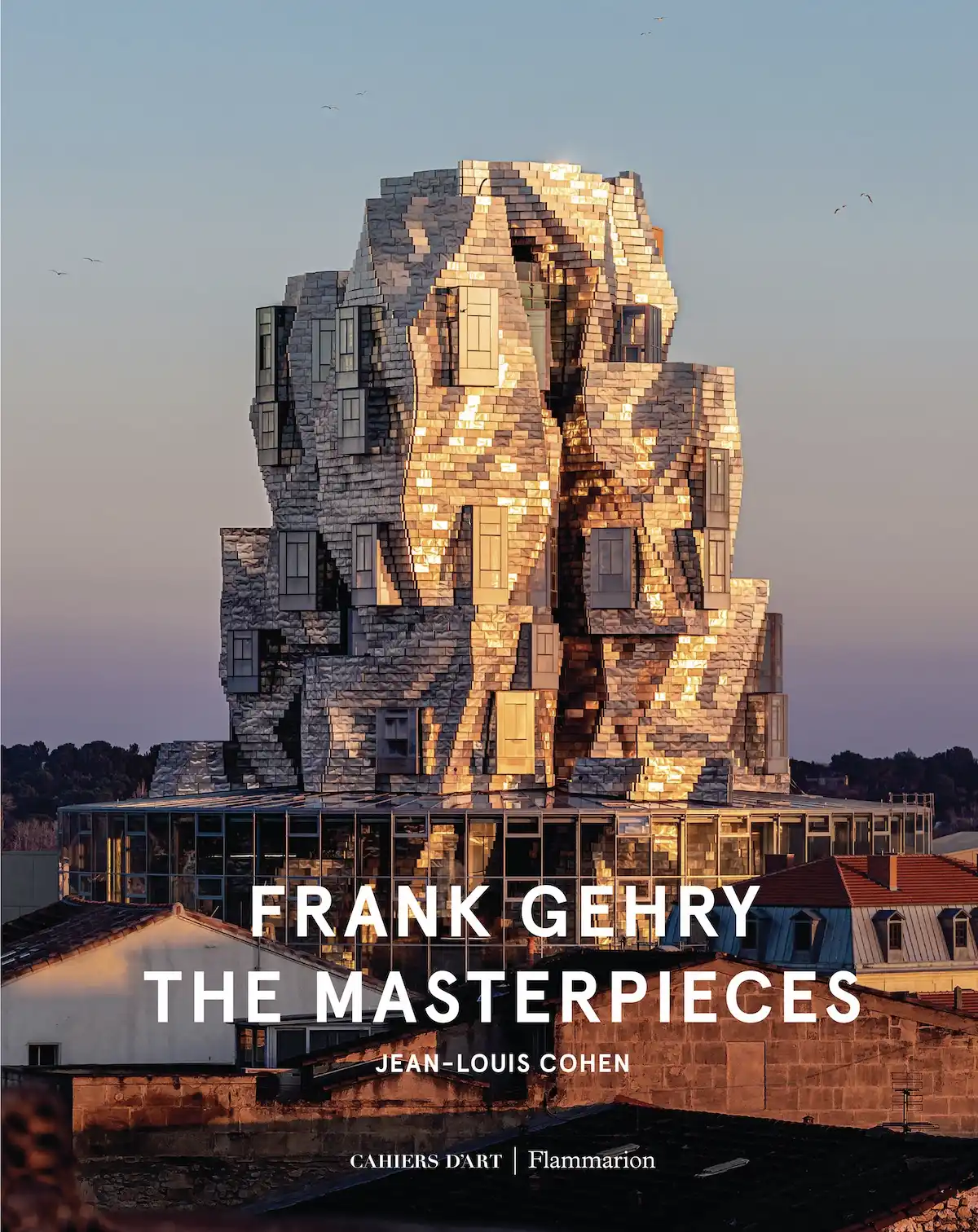
2
The Future of Architecture Since 1889: A Worldwide History, published by Phaidon Press, 2012 (1); Frank Gehry: The Masterpieces, published by Flammarion, 2021 (2).
His grandfather, a renowned linguist, nurtured Jean-Louis’s exceptional French prose in its multiple idioms from an early age, so that he soon developed complete fluency in five other languages. A prolific author, Cohen published countless articles, conference proceedings, and feuilletons, plus more than 40 books. Highlights include Casablanca: Colonial Myths and Architectural Ventures (with Monique Eleb, 2002); Mies van der Rohe (1994); The Future of Architecture Since 1889: A Worldwide History (2012); France: Modern Architectures in History (2015); and the colossal Le Corbusier: The Built Work (2018). He and his good friend Frank Gehry planned an eight-volume Catalogue Raisonné of the Drawings to distill Gehry’s creative process. The first volume came out in 2020; the second is in press, but the fate of the others is now uncertain.
As a curator, Cohen saw exhibitions as a “didactic and playful walk” through time and places, both real and imaginary. He plotted multiple trajectories of images, artifacts, and narratives, some cohesive but others antagonistic, that captured common sentiments as well as antagonisms. Many artifacts in shows came from the vast personal collection of books and images he began to assemble in the 1970s.
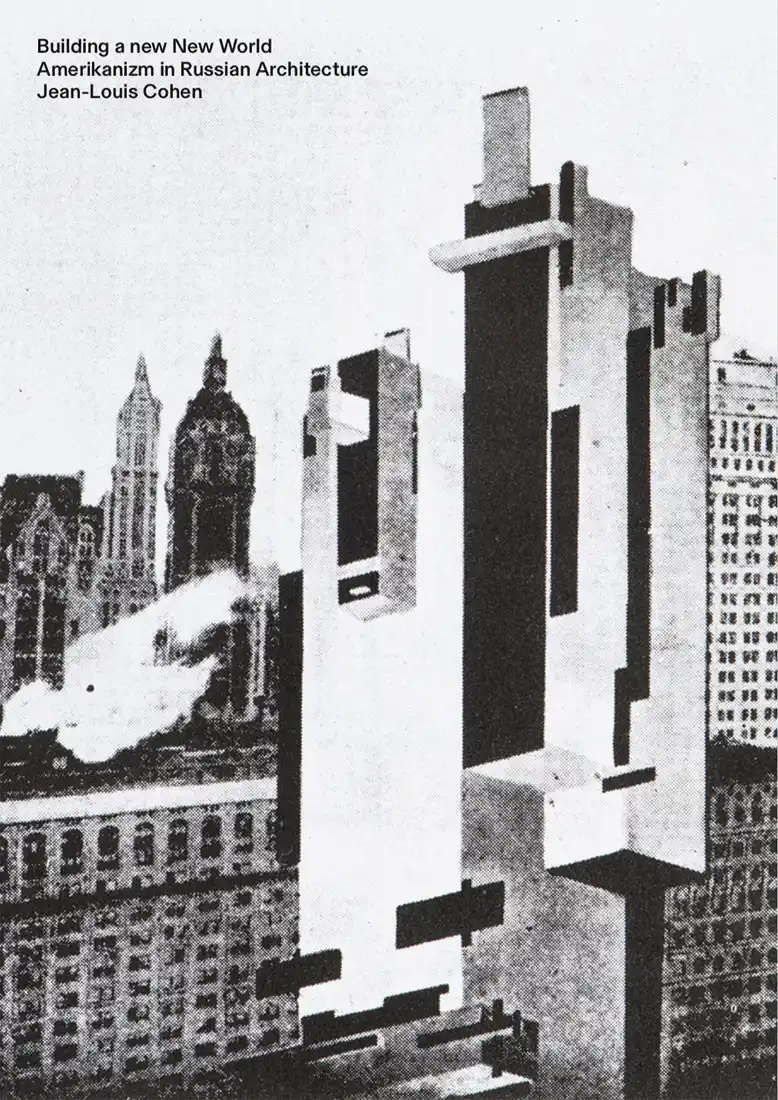
Building a new New World: Amerikanizm in Russian Architecture, published by the Canadian Centre for Architecture/Yale University Press (2020)
He was involved with two Centre Pompidou epochal exhibition catalogues: Paris-Moscou 1900–1930 (1979) and L’Aventure Le Corbusier, 1887–1965 (1987). At MoMA, he did The Lost Vanguard: Soviet Modernist Architecture, 1922–32 (2007) and Le Corbusier: An Atlas of Modern Landscapes (2013). Montreal’s Canadian Centre for Architecture assembled three treasure troves of his in Scenes of the World to Come: European Architecture and the American Challenge, 1893– 1960 (1995); Architecture in Uniform: Designing and Building for the Second World War (2011); and Building a new New World: Amerikanizm in Russian Architecture (2020).
Cohen also confronted difficulties in his career. Chosen to create and direct the Cité de l’Architecture et du Patrimoine (National Heritage) in 1998, he threw himself into the project for five years, only to be “purged” under a right-wing administration in 2003. A daring and supple method then crystallized. Cohen embraced strategies to counter the rote conventions of mainstream scholarship. Cities became the key to continuities and innovations, patterns and particularities, ideas and experiences, in every cultural realm from film to fashion, but especially in architecture.
Honors proliferated too. Cohen became a Chevalier of the Ordre des Arts et des Lettres in 2001. He received a Guggenheim Fellowship in 2013, then began a three-year chair at the prestigious Collège de France. His inaugural lecture celebrated both visionary masters and “the tens of thousands of practitioners putting their energy into housing, schools, community services and all the elements of everyday life . . . that Zola termed ‘the architectural formula for democracy.’”
Jean-Louis Cohen’s sudden death at the apex of his career is a tragic shock for the world of architecture. The astounding range of his research matched the power of his words, which immediately rang true. We will sorely miss his warm, radiant presence. He sought to make a difference in the world, in small gestures as well as grand ambitions, and he succeeded brilliantly.


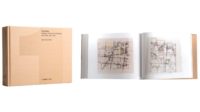
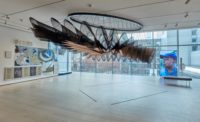


Post a comment to this article
Report Abusive Comment